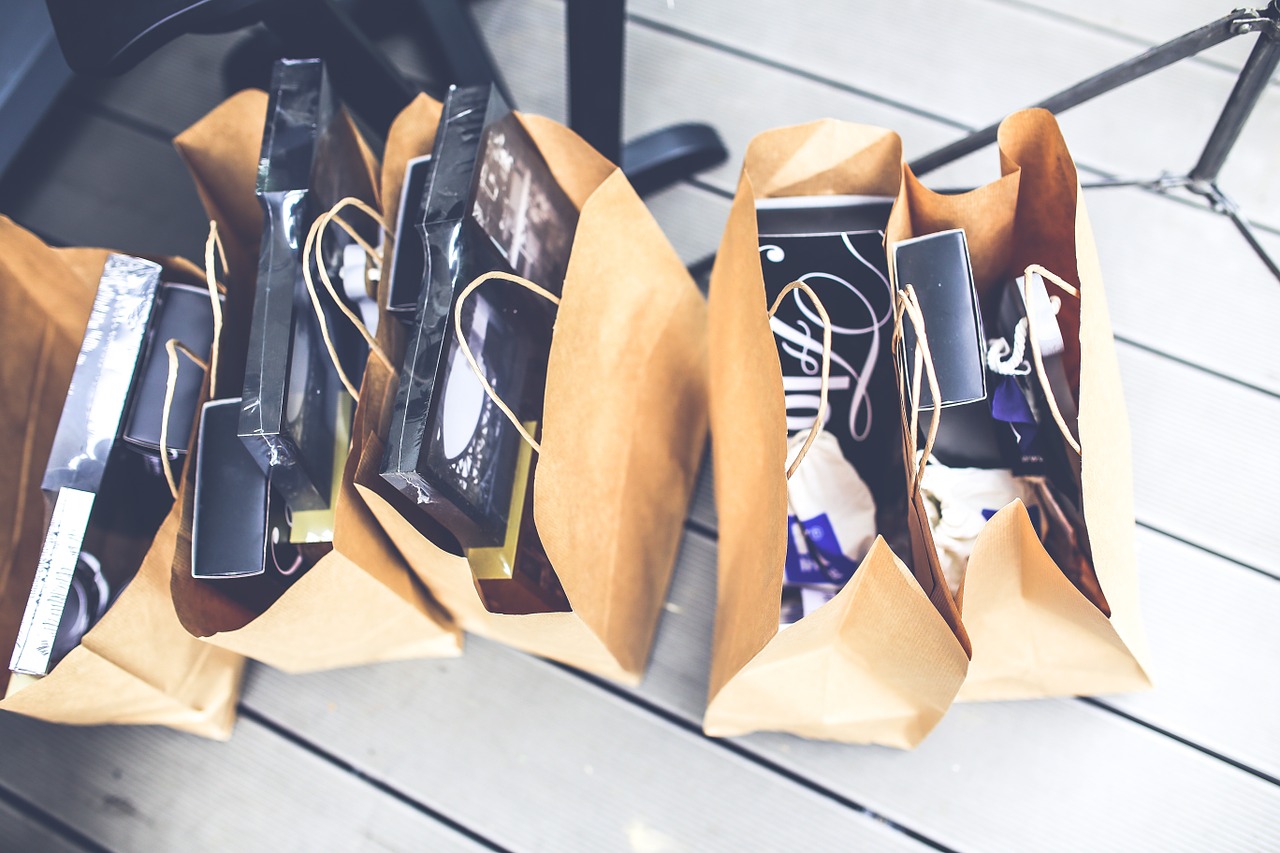 Recycling
Recycling
Everything we buy in our local grocery store or order online comes in a packaging. For companies, packaging is one of the best advertisements, therefore it needs to be appealing, so consumers would choose their product instead of competitors. And often this factor surpasses ecological and environmental requirements and necessities for product packaging, because for many companies the main importance of their product packaging in not how recyclable it will be. They care more about will the packaging draw attention to certain product among the offered assortment and how much will the packaging cost to the producer.
Obviously, the less it cost the better, however, for the environment this is not the best option. So, when choosing packaging for their products, manufacturer firstly considers the appeal the packaging will have on consumer, then, how much it will cost to them and only then the environmental issues and the sustainability of the packaging are considered. Thus, in an attempt to benefit their businesses, producers make mistakes and undermine the environment when choosing their packaging. Most household goods and food packaging, for example, toothpaste tubes, and chip bags, are not recyclable, because the manufacturers make this type packaging from materials that are unrecyclable. And although some companies chosen recyclable materials for their packaging, they still make mistakes in the packing process itself. For example, delivery pizza boxes are manufactured from cardboard, which is easily recyclable, however, many companies make mistake of letting ingredients such as cheese or flour touch the cardboard, rendering the box unrecyclable.
Yet another mistake made by many producers is manufacturing serving sized foods, for example, yogurt or take away coffee. This way, more material is wasted during the packing process, than it would be if the same product would be served in larger size. With larger serving sizes, less material would be used for packaging and less waste would be created all together. But manufacturers and producers aren’t the only ones making mistakes in the product packaging process. Companies selling their products in online stores are doing it, too. Over-packaging their product is a very popular mistake. Companies want to make delivery of their product as safe and eye pleasing as possible, causing them to use way more paper and other materials than it is actually necessary. Small items are delivered in boxes that is two or three times the necessary size, making the packaging inefficient and not eco-friendly.
Although, packaging heavily influences consumers’ choice of product, we should understand that it is secondary to product itself. Choosing products solely based upon packaging, which is later tossed away either way and does not benefit us in any way is very close-minded. For companies it is a very difficult decision to introduce recyclable packaging because it will add significant amount of extra costs, however more and more people are finally understanding the importance of environmental issues. Surveys show that surprisingly large portion of consumers would be willing to accept extra charge if the packaging of the product would be made completely recyclable. So many companies and enterprises are coming forward and investing in making their packaging more environmentally friendly. For example, many chain coffee shops have introduced option for clients to use reusable coffee cups, reducing large quantity of plastic and paper coffee cups being thrown away after use every day. Another great example of companies introducing environmental friendly packaging are Coca –Cola and Pepsico. They have developed plastic bottles that are one hundred percent made from recycled plastic bottles, this way striving their packaging to be recyclable and good fort the environment.
For the future, companies and environmental activists are hoping that they can switch to more friendly materials being used, for example, compostable and biodegradable packaging, however it is still work in progress.
